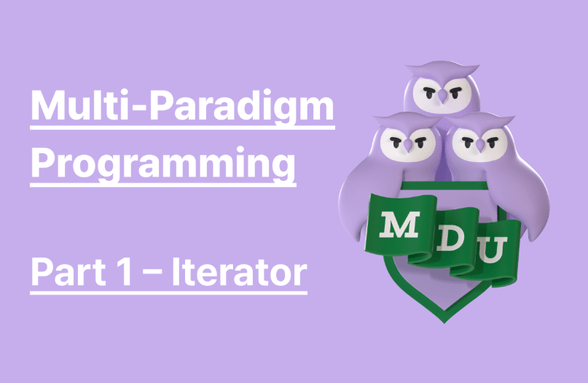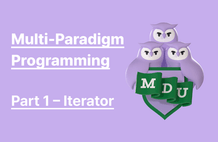Edited
・
Review 1
・
Average rating 5.0
By examining various implementations of the same operations across different languages, and by following execution flows such as lazy evaluation that performs calculations only when necessary, the core concepts of functional programming become much clearer, naturally leading to a more fundamental understanding. Towards the end of the course, I felt that my perspective on programming had broadened. While contemplating the reasons for this, I came across an article shared by the instructor, Yoo In-dong (The Development Direction of Programming Languages) [https://kwangyulseo.wordpress.com/2015/05/25/프로그래밍-언어의-발전-방향/]. I realized that I had become aware of the usage patterns of verified functional languages, and the use cases of functions that I had encountered piecemeal as language specifications were re-sorted and categorized. This allowed me to look at the code structures I had taken for granted from a different perspective. It felt like I had equipped myself with the core muscles to structure my code, transcending programming paradigms, and I learned a great deal. 👍👍👍
I'm so glad to hear that you feel like you've built the core muscles to structure your code by traversing various programming paradigms. I've also been greatly influenced by Seogwangyeol's writing. Thank you!







